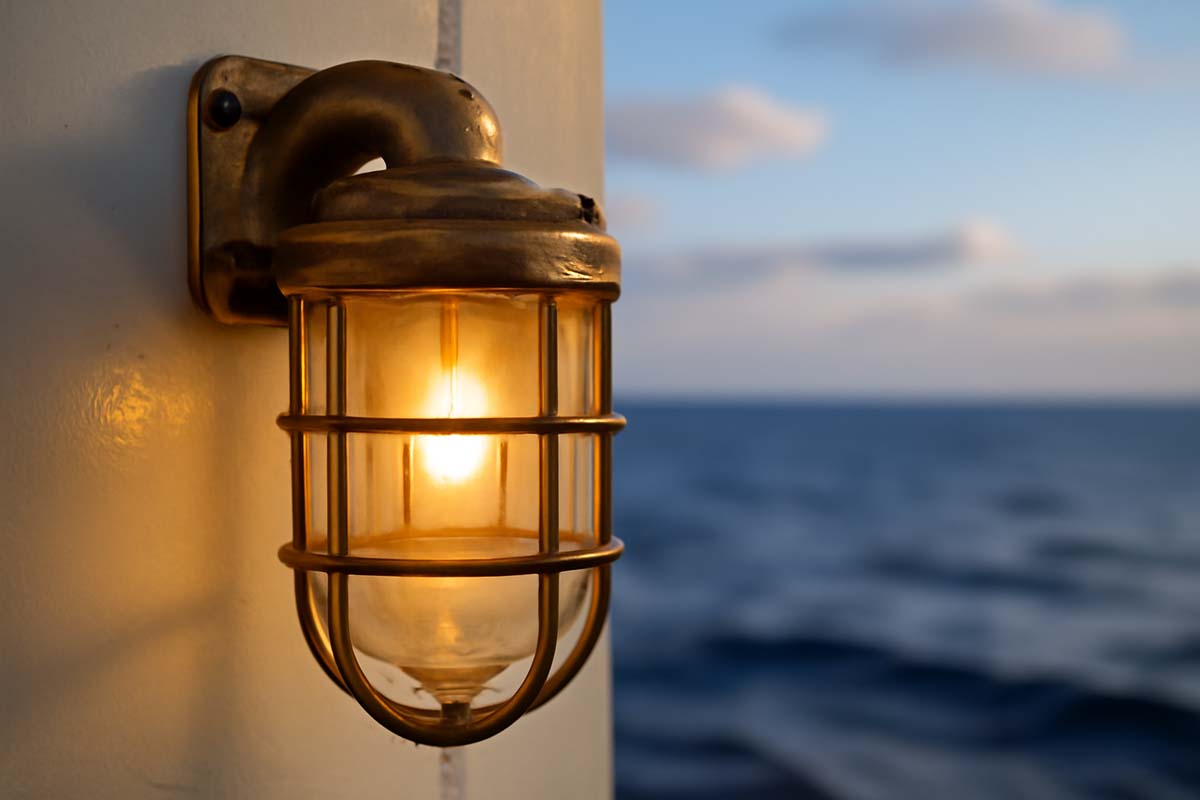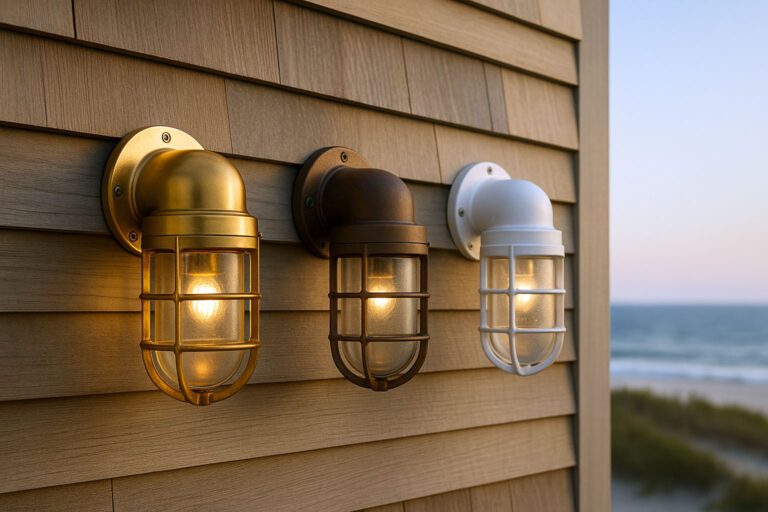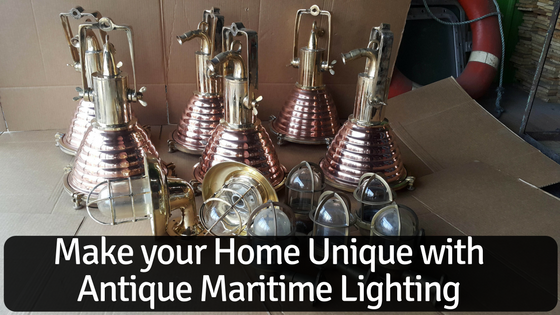Nautical Wall Lights: Timeless Marine Lighting for Any Space
Hello, I’m Mokter Hossen. If you’re drawn to marine antiques like I am, then you’ve probably noticed how nautical wall lights hold a special place in this niche. They’re not just about lighting—they bring history, character, and a bit of sea spirit into your space.
In this article, I’ll walk you through everything you need to know about nautical wall lights. From what they are, to how they’re used, how to spot authentic pieces, and even tips on restoration. If you want to understand these unique marine fixtures—and maybe add one or two to your collection—stick with me.
What Are Nautical Wall Lights?
Nautical wall lights, sometimes called marine bulkhead lights, are specially designed lamps originally made for ships, docks, or coastal buildings. Their primary function was practical: to provide bright, weather-resistant lighting in tough environments.
These nautical lights often feature rugged materials like brass, bronze, or heavy-duty steel. The design usually includes a protective cage or thick glass to shield the bulb from rough seas, salt spray, and bumps.
Why Nautical Wall Lights Stand Out
You might wonder why these lights remain so popular today, both among collectors and interior designers. Here’s what makes them stand out:
- Durability: Made to withstand harsh marine conditions, they’re built tough.
- Timeless design: Their classic, industrial look fits modern, rustic, or nautical décor.
- Warm ambiance: The light they emit is often soft and inviting, perfect for creating cozy spaces.
- Historical value: Many of these lights come with rich maritime histories, making them collectible.
Common Types of Nautical Wall Lights
Let me break down the main types you’ll encounter in the world of marine antiques:
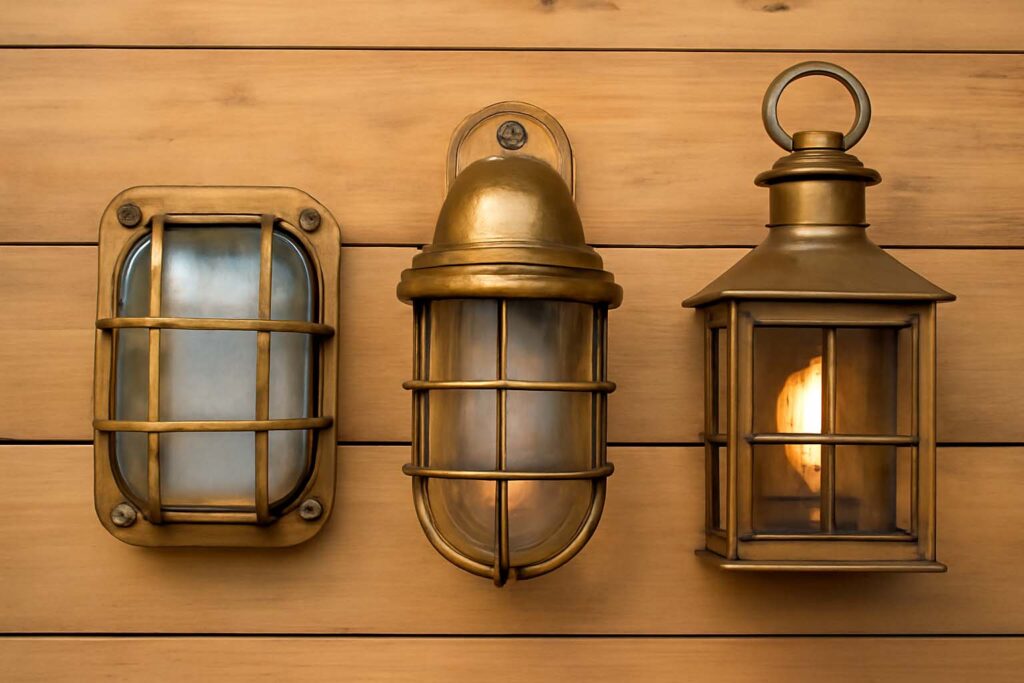
1. Bulkhead Wall Lights
These are the most common type. Mounted flush against a wall, bulkhead lights are designed to be sturdy and compact. Their cage protects the glass and bulb, making them ideal for high-traffic areas.
2. Passageway Lights
Used mainly in ship corridors and passageways, these lights are slimmer and longer. They focus on providing enough illumination without taking much space.
3. Lantern-Style Wall Lights
These resemble traditional ship lanterns but are adapted to mount on walls. They often have a nostalgic charm with handles and decorative glass panes.
How to Identify Authentic Nautical Wall Lights
This is where my experience comes in handy. Authenticity matters—not just for value but for quality. Here’s how to spot the real deal:
- Material: Original lights are typically brass or bronze, sometimes steel. Avoid lightweight metals or plastic if you want authenticity.
- Weight: Genuine pieces are heavy. If it feels light and flimsy, it’s probably a replica.
- Patina: Age shows on the surface as a natural patina—a dull, greenish or brownish layer on brass or bronze. This is a sign of genuine vintage.
- Markings: Look for manufacturer stamps or serial numbers. Many marine lights were marked by makers like Perko, Hella, or Siemens.
- Glass: Original glass tends to be thick, sometimes with a slight green or amber tint. Modern replacements may look too clear or thin.
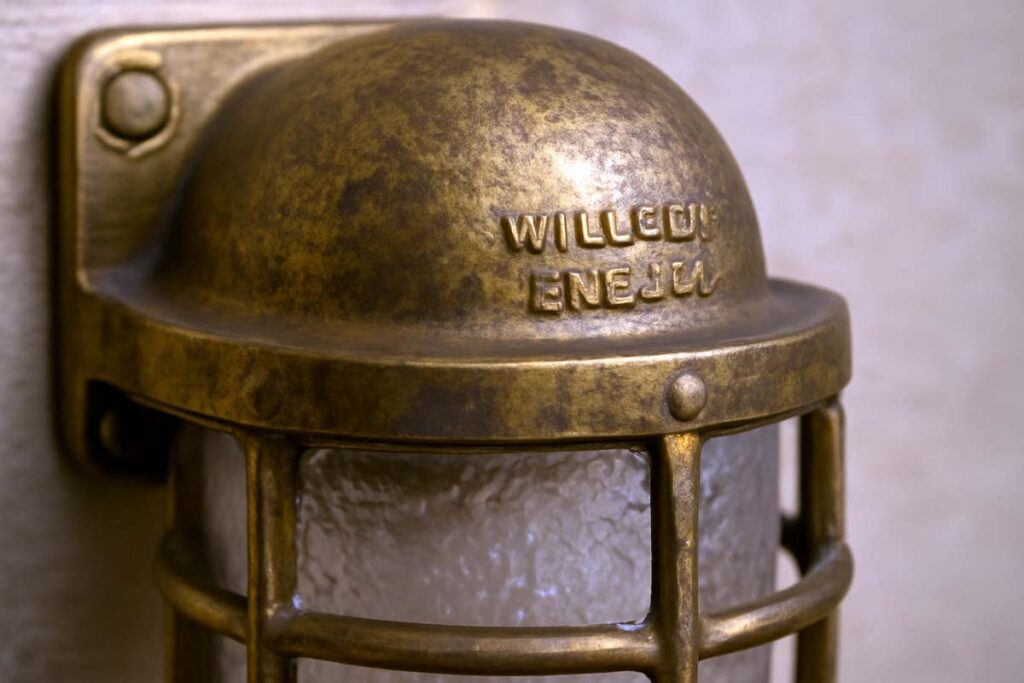
Where to Use Nautical Wall Lights Today
You don’t need a ship to enjoy these beauties. They work great in homes, restaurants, and outdoor spaces. Here are some ideas:
- Entryways and hallways: Their warm, focused light welcomes guests.
- Bathrooms: Their sturdy design handles humidity well.
- Patios and decks: Perfect for outdoor lighting with a marine vibe.
- Living rooms: Mounted as accent lights, they add character.
- Restaurants and bars: Nautical themes are very popular in hospitality spaces.
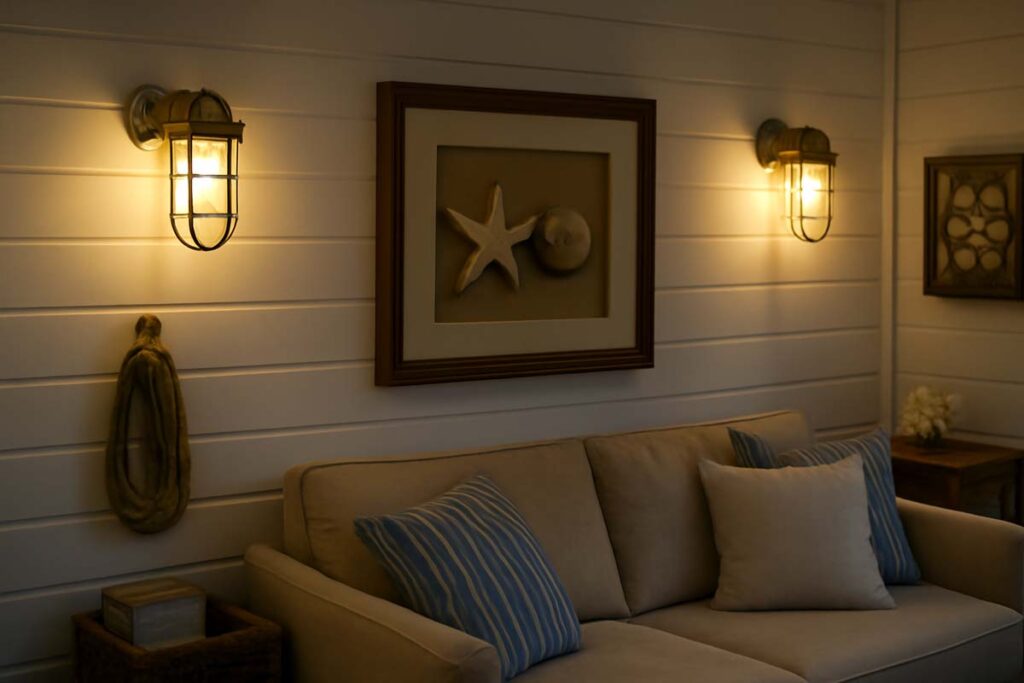
Restoration Tips for Nautical Wall Lights
Restoring marine antiques can be rewarding but requires care. Here’s a simple step-by-step to help you get started:
- Safety first: Disconnect any electrical wiring before working on the light.
- Cleaning: Use mild soap and warm water to clean the surface. Avoid harsh chemicals—they can damage the patina.
- Rust removal: For steel parts, gently remove rust with fine sandpaper or steel wool.
- Polishing brass: If you want a shiny look, use a brass polish. But remember, many collectors prefer the aged patina.
- Electrical check: Replace old wiring with marine-grade cables for safety and durability.
- Glass care: If the glass is cracked or missing, look for authentic replacements or get custom glass cut.
- Reassembly: Ensure all parts fit snugly and the fixture is secure before reinstalling.
Choosing the Right Nautical Wall Light for Your Space
Selecting the perfect nautical wall light depends on several factors:
- Size: Measure your wall space and pick a light that fits without overpowering the area.
- Style: Do you want a rustic, aged look or a cleaner, polished finish?
- Light output: Consider if you need bright task lighting or soft ambient light.
- Installation: Check if you want a hardwired fixture or one you can plug in easily.
- Budget: Prices vary widely—from affordable modern replicas to high-end vintage pieces.
Frequently Asked Questions:
What materials are nautical wall lights typically made from?
Nautical wall lights are usually made from brass, bronze, or heavy-duty steel. These metals resist corrosion and wear caused by salty, wet marine environments. Their durability is essential for withstanding harsh conditions on ships or near the sea.
Can I use nautical wall lights in my home?
Yes, nautical wall lights work well indoors. Their sturdy design and warm glow make them great for hallways, bathrooms, and living rooms. Just ensure proper installation and wiring to meet your space’s electrical needs.
How do I tell if a nautical wall light is authentic?
Look for solid metals like brass or bronze, a heavy weight, natural patina, and manufacturer markings. Authentic lights have thick glass and a well-built protective cage. Replicas usually use lighter materials and lack these details.
Are nautical wall lights suitable for outdoor use?
Many nautical wall lights are weather-resistant but not fully waterproof. For outdoor use, choose fixtures rated for wet locations or apply extra protection. Proper sealing helps prevent damage from rain and sea spray.
Can I replace the bulbs in nautical wall lights with LED?
Yes, LED bulbs are a safe, energy-efficient option. They produce less heat, which protects the fixture, and last longer. Just make sure the LED bulb fits the socket and is suitable for enclosed fixtures if your light has a glass cover.
Why Invest in Nautical Wall Lights?
If you love marine antiques, these lights are more than decor—they’re a piece of maritime heritage. They combine beauty, history, and function. Plus, with their rugged build, they last for decades, making them a smart investment.
Wrapping Up
Nautical wall lights bring a slice of the sea into your space. Whether you’re a collector, an interior designer, or someone who just appreciates quality lighting, these fixtures offer durability, charm, and a story to tell.
If you’re looking to buy, restore, or just learn more about nautical wall lights, remember these key points: focus on authenticity, choose the right style for your space, and take care in restoration.
Feel free to ask me any questions or share your experiences with marine lighting. I’m always here to help fellow enthusiasts bring maritime history into modern living.

